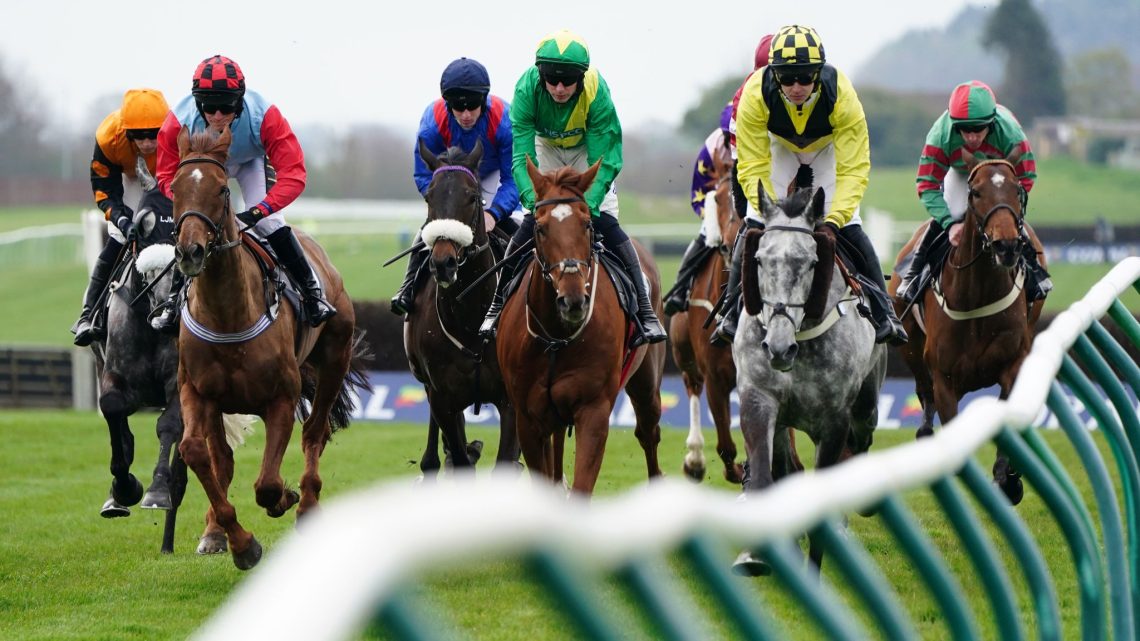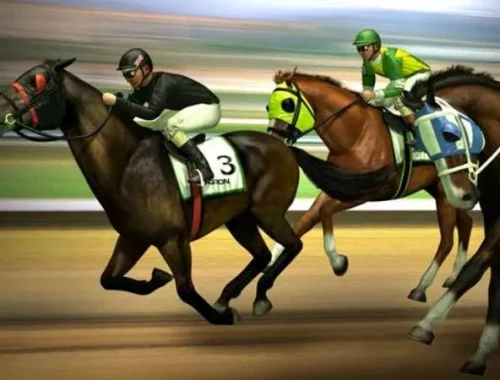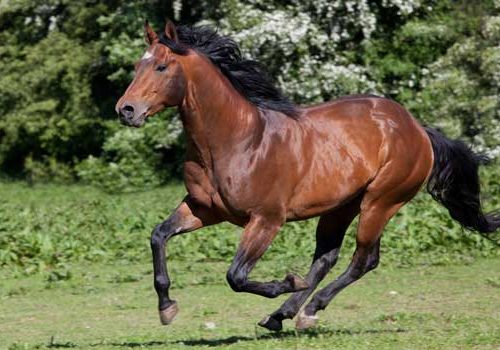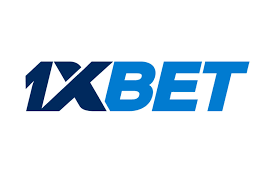
How to bet on horse racing
To place your first bet on horse racing as a beginner, you’ll need to pick a reputable bookmaker, select a race, choose the type of wager (for example, a win bet), decide on your stake, and confirm your slip. Now, let me walk you through all the essential steps, terms, and strategies I’ve learned to help you increase your chances of success while enjoying the thrill of the track.
Understanding the Basics of Horse Racing
When I first started exploring horse racing, I realized that knowing the fundamental terms and dynamics is vital. You’ll often hear phrases like “odds,” “stake,” and “handicapping.” Let me break these down:
- Odds: This refers to the price or probability of a horse winning. The odds indicate how much you stand to win relative to your stake.
- Stake: It’s the amount of money you place on a bet. I always remind new punters to set a comfortable stake and avoid chasing losses.
- Handicapping: This is the process of evaluating each horse’s chances. Bookmakers or racing authorities assign weights to horses in some races to level the playing field.
The beautiful part about horse racing is that it offers multiple betting markets and a variety of races—from local meets to big global events like the Durban July in South Africa and the Royal Ascot in the UK.
Different Types of Horse Racing Bets
1. Win Bet
When I place a win bet, I’m backing a single horse to finish first. This is a straightforward choice for newcomers.
2. Place and Show Bets
- Place Bet: You win if your chosen horse finishes in the top two (or top three in some races).
- Show Bet: Your selection must finish within the top three (or sometimes top four).
These bets give you a better chance of winning, though the payouts are typically lower than a straight win bet.
3. Each-Way Bet
An each-way wager combines a win bet and a place bet on the same horse. If my chosen horse doesn’t win but does place, I still collect some winnings.
4. Exotic Bets (Exacta, Trifecta, Superfecta)
These are more advanced. For instance, an Exacta requires predicting the first two finishers in the correct order, while a Trifecta needs the first three. They offer higher payouts but come with an added layer of difficulty.
Reading the Odds and Payouts
One of the first things I had to learn was how to interpret odds and calculate potential payouts. Horse racing odds can appear in fractional (e.g., 5/1), decimal (e.g., 6.0), or even American (e.g., +500) formats. Whichever format your bookmaker uses, the principle stays the same:
- Fractional (5/1): If I stake 1 unit (for example, $1), I could win $5 plus my $1 stake back if the horse wins.
- Decimal (6.0): Multiply your stake by the decimal to see your total return, which includes your stake.
- American (+500): This shows how much profit you earn on a $100 stake.
Always verify the odds before confirming your bet, because they can fluctuate as race time approaches.
Key Factors I Consider Before Placing a Bet
1. Racing Form and Past Performance
I’ve found it helpful to check a horse’s recent form and its history of finishes. A consistent record often points to a strong contender, but sometimes an underdog with improving form can offer surprising value.
2. Jockey and Trainer Statistics
You might notice certain jockeys have a knack for certain distances or tracks. The same goes for trainers with long track records of success. Keeping an eye on these stats can give you an edge.
3. Track Conditions
I always check the going of the racetrack. For example, a horse that performs well on soft ground may struggle on firmer turf. Weather conditions also play a crucial role in how the race unfolds.
4. Distance Suitability
Not all horses excel over the same distances. Some are sprinters best suited for short, quick races, while others are stayers capable of excelling over longer courses.
Practical Tips for African Punters
- Start Small: When I was new, I began with minimal stakes. This allowed me to learn without risking too much of my bankroll.
- Focus on Local Races: If you’re in Africa, familiarize yourself with prominent local events and tracks like Greyville Racecourse or Kenilworth. That way, you can gather local insights and track the horses, trainers, and jockeys more effectively.
- Use Reputable Bookmakers: I advise choosing a trusted sportsbook with a solid history. Look for features like live betting, reliable odds, and secure payment methods tailored for African punters.
- Embrace Live Betting: If a bookmaker allows in-race bets, it can be thrilling—and sometimes profitable—to place wagers as the race unfolds.
- Manage Your Bankroll: Setting aside a dedicated betting fund prevents overspending. I usually keep detailed notes on my wins, losses, and strategies.
Avoiding Common Mistakes
I’ve made my share of mistakes when I started. Betting blindly on a favorite without proper research can lead to losses. Sometimes, the biggest outsider might have conditions and form that favor an upset. It’s crucial to strike a balance between analyzing data and trusting your instincts. Always remember: emotional betting rarely ends well.
Betting on horse racing for beginners need not be overwhelming. If you start by understanding basic terminology, exploring different bet types, and diving into fundamental research, you’ll gradually build confidence and skill. I’ve experienced firsthand the excitement of picking the right horse and watching it thunder down the final stretch. By applying solid strategies, managing your bankroll wisely, and staying informed about race-day details, you too can make the most of this exhilarating sport. Good luck, and may the best horse carry you to victory!

What is a quartet in horse racing
You May Also Like

What are virtual horse racing and how to bet on them
31.07.2022
How to prepare a horse for a successful racing
28.07.2022
